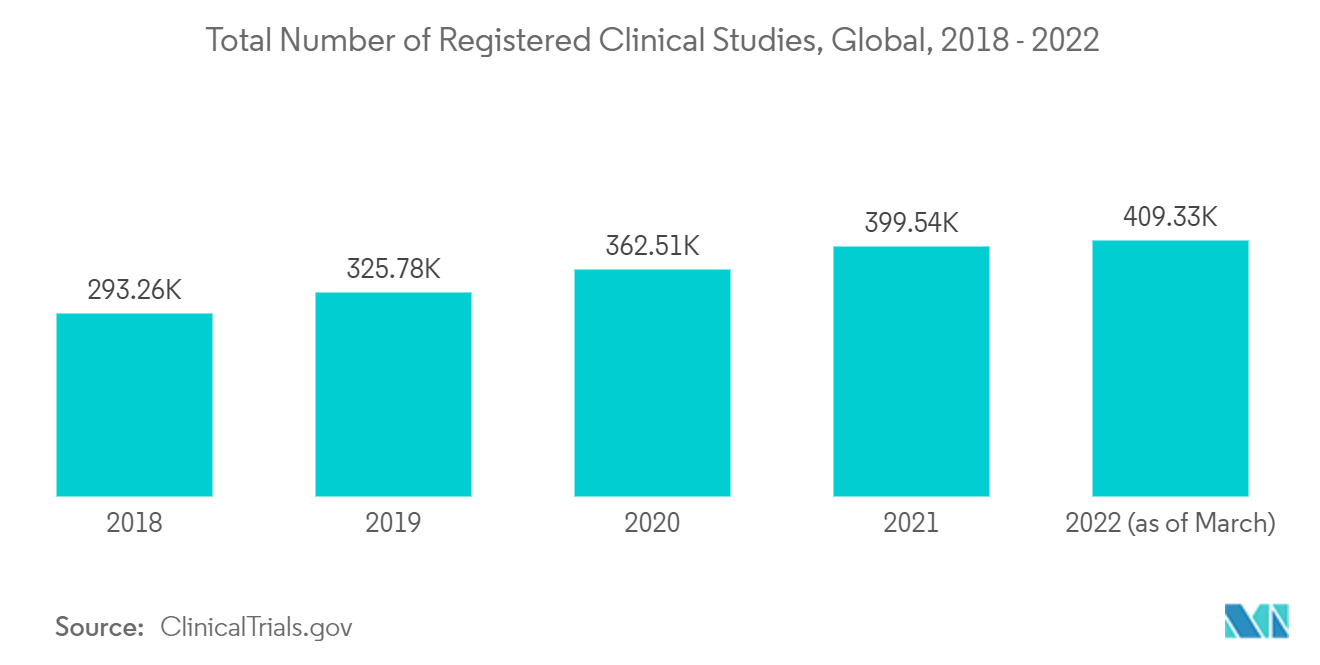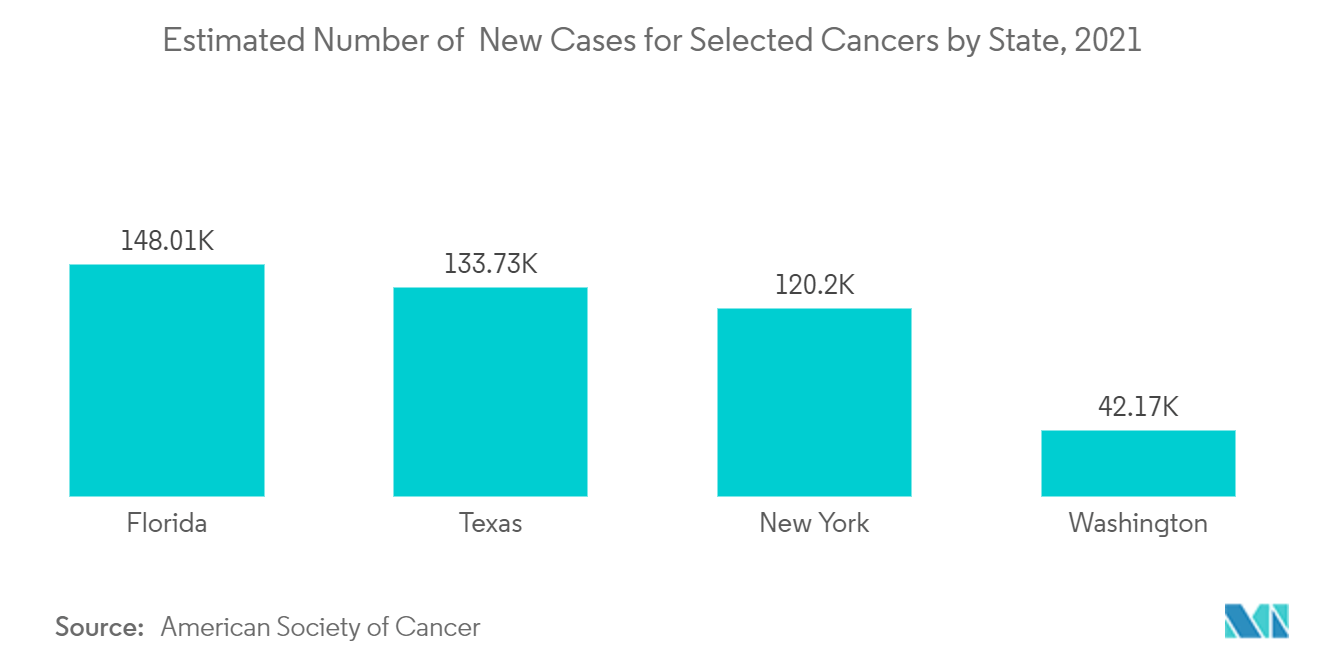Market Trends of North America Analytical Instrumentation Industry
This section covers the major market trends shaping the North America Analytical Instrumentation Market according to our research experts:
Life Sciences Segment Expected to Hold Significant Market Share
- Life sciences account for the largest share in the analytical instrument industry, representing a quarter of the entire industry. Life sciences comprise more than 13 individual technology segments, encompassing a wide range of applications using analytical tools such as spectrometry, atomic spectroscopy, and molecular spectroscopy. This provides significant opportunities to grow both general instrument applications and niche research systems.
- Demand for Next Generation Sequencing (NGS) continues to flourish, impacting the sequencing segment and driving strong demand in the nucleic acid sample preparation segment. This growth was evident in the public and private sectors, as genomics technology went beyond basic research to reach the biomedical domain. Such tremendous growth is expected to create a significant demand for analytical instrumentation solutions, as it helps pharmaceutical companies comply with stringent regulations on drug safety.
- Geographically, China has the highest demand for life science instruments, majorly propelled by the country's precision medicine initiative. It is followed by the United States, which is the largest life science market. Owing to the impact of COVID-19 on the economy, the demand for analytical tools is rapidly shifting to the clinical and pharmaceutical segments.
- Also, a significant rise in demand for pharmaceutical biosimilars, phytopharmaceuticals, and regenerative medicine, is expected to aid in the adoption of analytical instrumentation solutions in the industry.
- The companies such as Agilent Technologies are just one of the leading manufacturers of analytical instruments for healthcare and research laboratories in the United States that contributes to this market by offering analytical instruments and supplies to conduct research and experiments and make accurate diagnoses.
- The market is witnessing several strategic developments such as new product developments, mergers, and collaboration that suggest the increase in the adoption of analytical tools in the segment. For instance, in November 2021, Thermo Fisher Scientific launched its new mass spectrometry (MS) instruments, workflows, and software. The Thermo Scientific Orbitrap Exploris MX mass detector allows biopharmaceutical laboratories to implement the multi-attribute method (MAM), perform intact monoclonal antibody analysis, conduct oligonucleotide mass determination, and carry out peptide mapping.

Development of Precision Medicines to Drive the Market Growth
- The emergence of precision medicine to develop personalized medicines and therapies is one of the most important factors driving the laboratory analytical instruments market's growth.
- Increased access to precision medicine requires more widespread participation in clinical trials to accelerate the availability of new targeted therapies. This requires the analytical instrument to perform various functions in clinical trials.
- Owing to such needs in the clinical research domain, the FDA approved various drugs, such as Lynparza and Blincyto, that are tailored to specific characteristics of an individual. Such developments are expected to boost the demand for the analytical instruments market.
- Vendors in the market are focusing on expanding their offerings in the precision medicine industry, primarily through partnerships and collaborations. For instance, in July 2021, Sciex launched the ZenoTOF 7600 System, a mass liquid chromatography-mass spectrometry/mass spectrometry (LC-MS/MS) instrument that includes both Zeno trap and electron activated dissociation (EAD) fragmentation.


